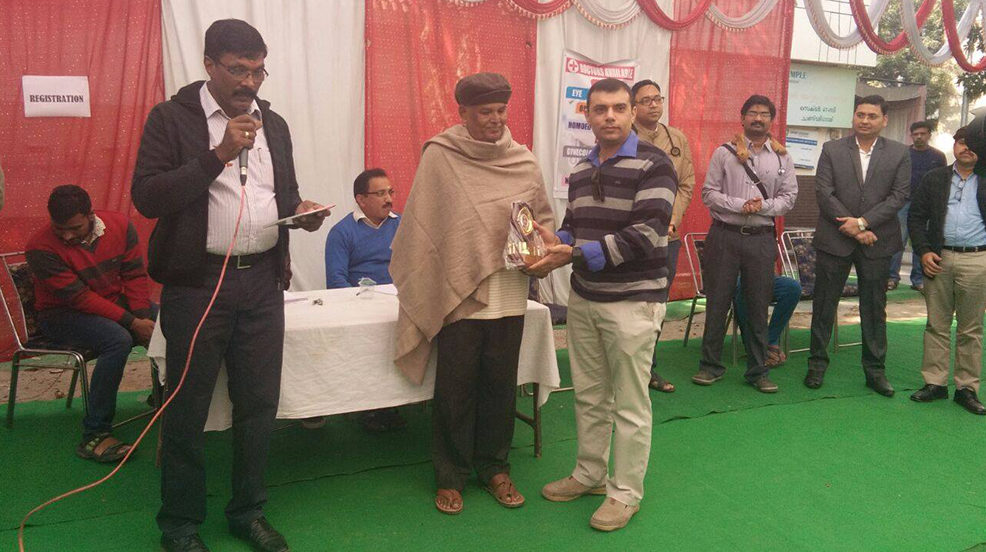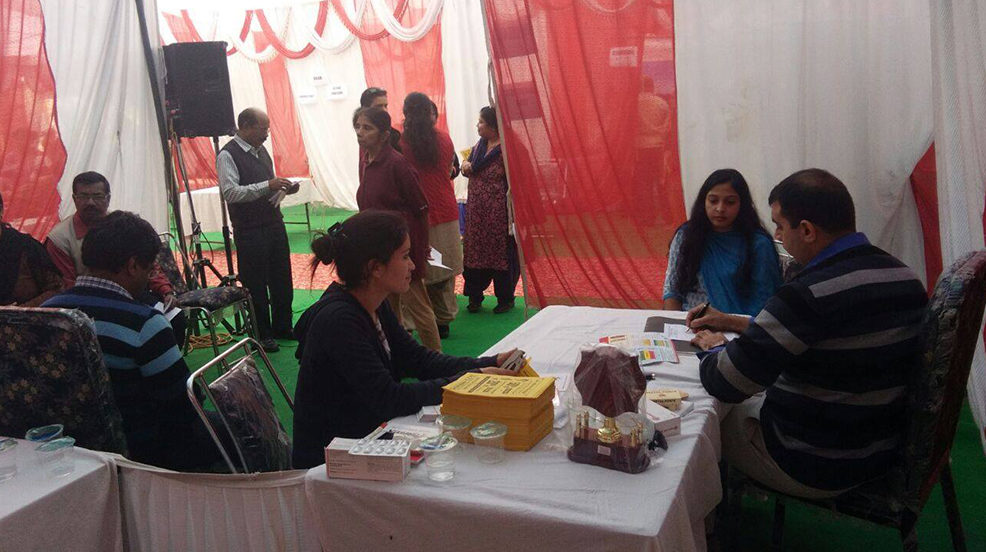If an aching back is becoming more of a regular occurrence — rather than something you randomly pulled at the gym — you are not alone. With aging, people start losing fluid in their discs which tend to collapse, thus triggering back pain. It further leads to stiffness, increasing the chances of injury. If the pain persists, it is best to see a Back Pain Specialist in Chandigarh who is best known for his exceptional expertise and commitment to delivering the best patient care possible.
Have a look at some reasons that play a role in your back pain –
Inadequate Vitamin D: –
It is found that those suffering from severe back pain have the lowest levels of Vitamin D. They are more prone to disc degeneration and back pain. If you have stronger bones, these can help protect you against back pain and other issues.
Insufficient core strength: –
Not having enough core strength can also lead to chronic back pain. The core muscles play a vital role in providing support and stability to the spine. When there is not enough core strength, it puts extra strain on the back, discomfort, and back pain. You need to follow a fitness regimen that emphasizes core strength to improve your spinal support and back health.
Lack of adequate sleep: –
If your room is not too dark, your body will sense it, it will reduce the quality of your sleep. Adequate sleep is important to keep your muscles relaxed. Moreover, you will feel more pain if you do not get enough sleep. To keep your discs in good condition, you need to take proper rest. It gets more crucial as you age.
Prolonged sitting: –
Sitting for a long time can take a toll on your back health. The immobility in your joint will cause a spasm in your skeletal muscle that further triggers pain in your back. This pain can further shoot down to your hips and other joints.
Difference in your leg length: –
It might come as a surprise to you that a difference in the length of your legs can also trigger back pain. It can lead to unequal pressure on one side of your body as compared to the other.
Soft mattress: –
It can be tempting to sleep on mattresses that feel like marshmallows. However, it does not work well for your back. If you use a soft mattress, your body tends to sink, providing no support for your spine. It further causes back pain.
Overall, these factors can do a number on your back. If you are trying to deal with back pain related to ageing, several therapeutic approaches can offer some relief. Have an insight –
Physical activity: –
Stay active and you will recover from back pain occurrences faster.
Physical therapy: –
A fitness program emphasizing your back health can help you increase strength while also improving balance and flexibility. Your spine will be stronger if you work on your back and core.
Anti-Inflammatory medications: –
Some medications can help relieve you by stopping the inflammatory pain. Your doctor might prescribe you these medicines for chronic back pain.
Applying ice pack: –
Applying an ice pack for 20 minutes is the best approach when back pain occurs. It helps reduce the painful inflammation that leads to back pain.
Use a heating pad: –
You can consider using a heating pad after two or three days to relax your back muscles and regulate blood flow.
If you want to entrust your back health to a highly proficient back specialist, look no further than Dr. Manu Mengi. Being the Best Back Pain Doctor in Chandigarh, he has a solid background in diagnosing and treating several back pain issues. With years of hard work and perseverance, he has earned a reputation as the go-to specialist for those seeking personalized back pain solutions.
Always driven towards solutions, Dr. Manu Mengi starts with proper evaluations, followed by making precise diagnostics and creating treatment plans that are tailored to address the unique needs of the patients.
If you are looking for innovative, state-of-the-art care for your back issues related to ageing, trust Dr. Manu Mengi to bring you relief and instil a sense of well-being.





